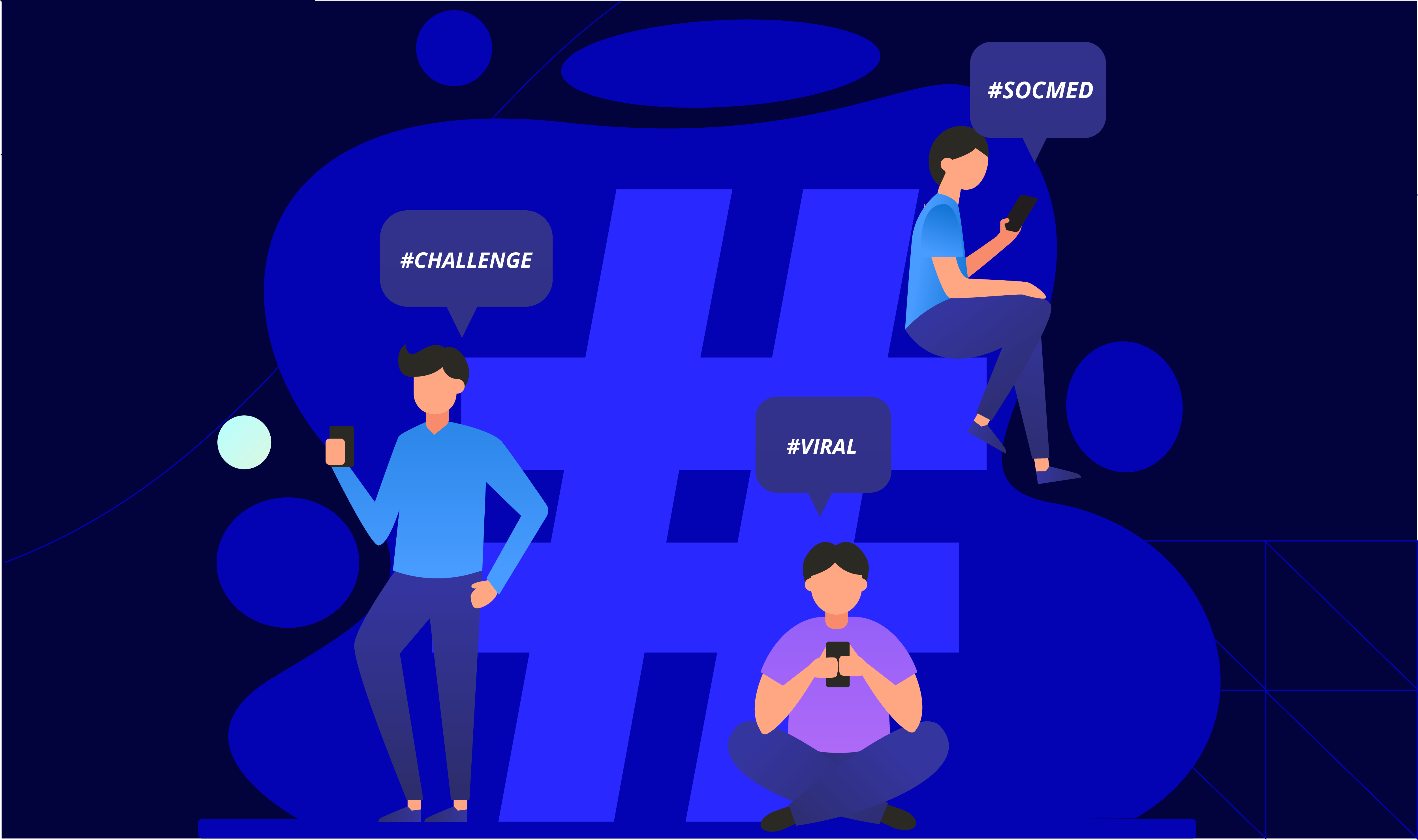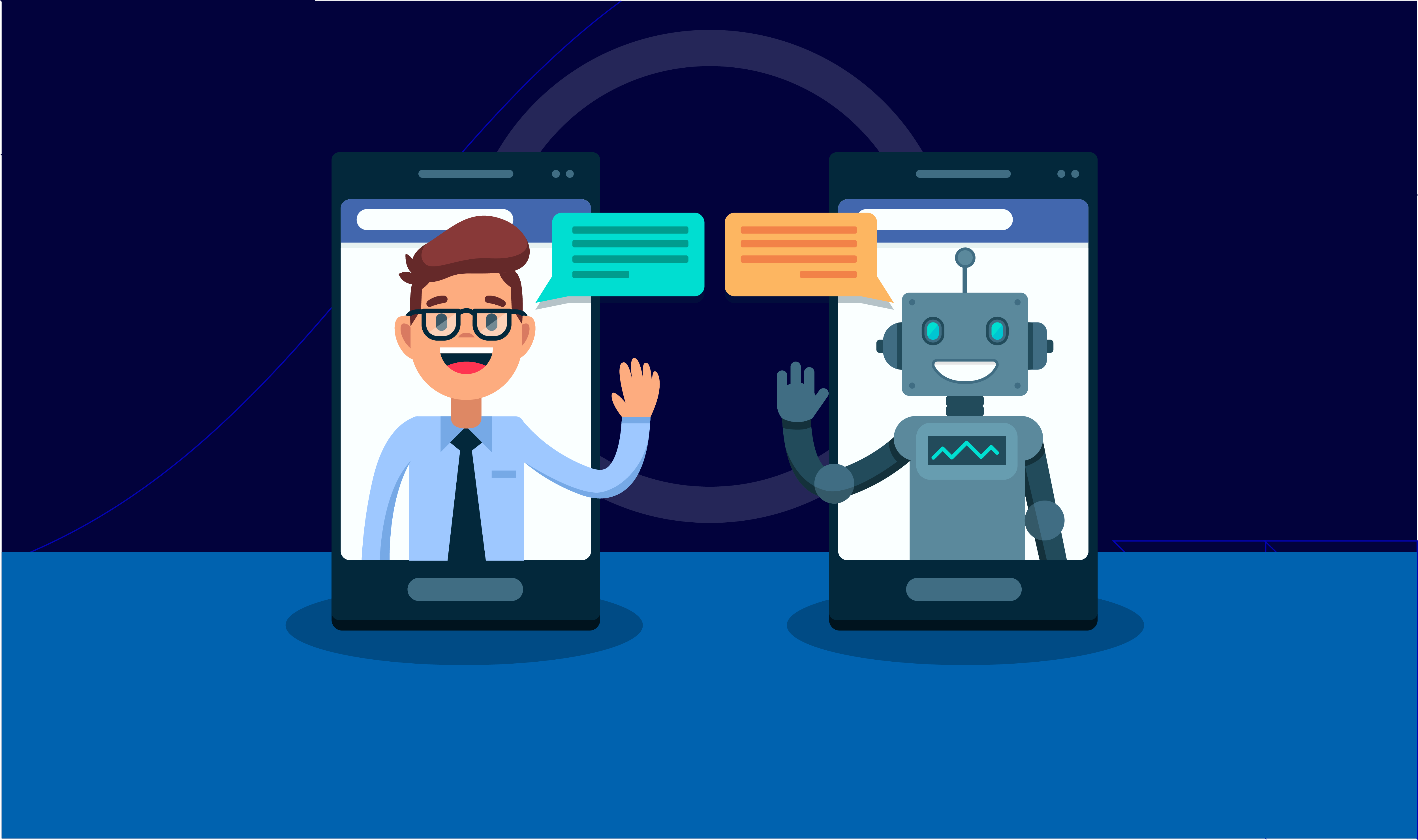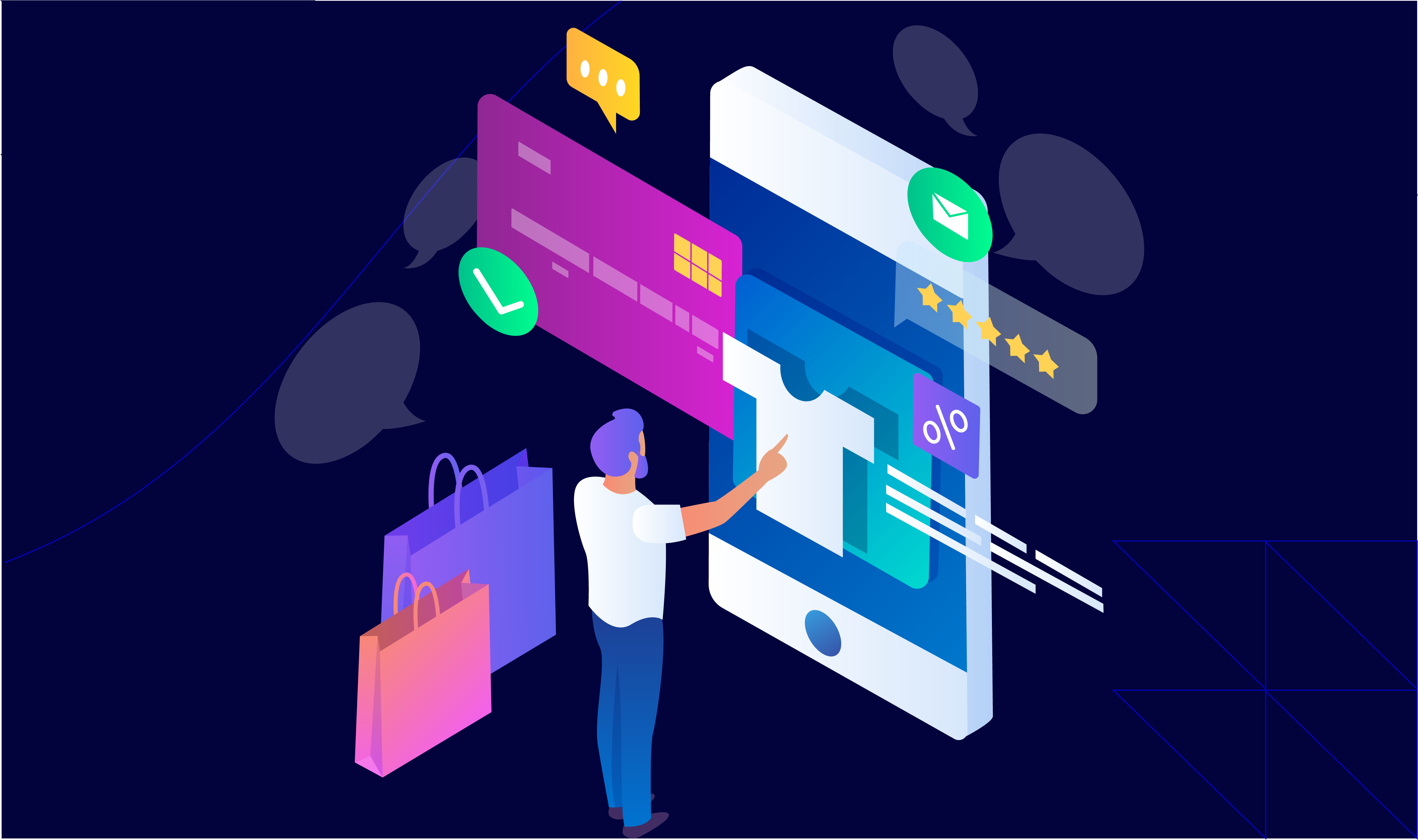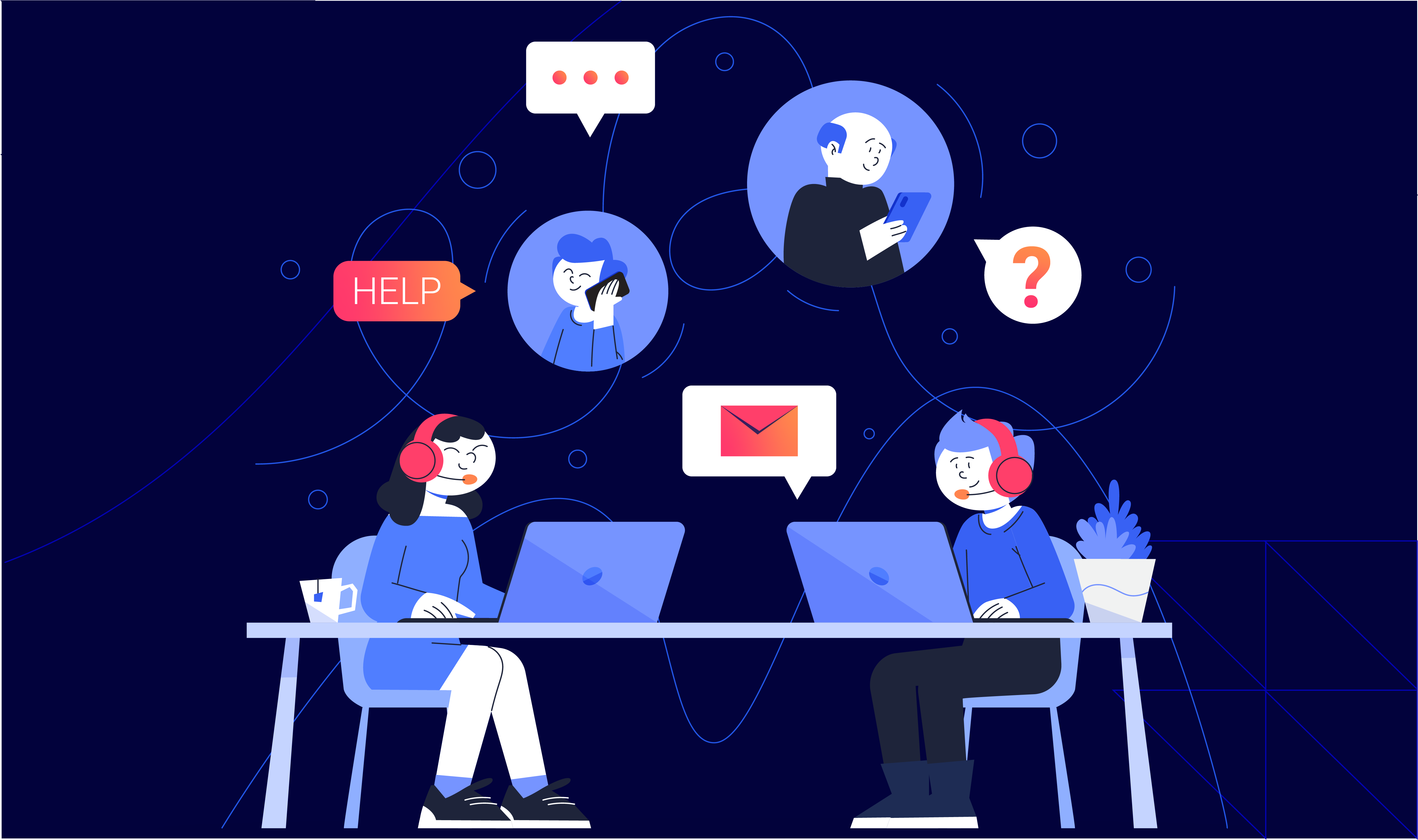Key Takeaways
- Live chat is now a must-have, not a nice-to-have, because customers expect instant, human-like support in 2025.
- Businesses using live chat see higher satisfaction scores, better conversions, and stronger retention.
- Compared to chatbots, live chat delivers more personalized, trustworthy support.
- Live chat ROI delivers great ROI is real, especially in eCommerce and service-based industries.
Why Live Chat Deserves Your Attention

No customer wants to wait anymore. If they’re reaching out for help, they want that help to come in instantly. So much so, that Forbes reports that customers are willing to pay up to 19% more for service that’s always immediate. It is in this context that live chat comes in. It’s instant. It’s accessible. And when done well, it feels like having a helpful human just one click away.
Live chat doesn’t just make your customers happy, it makes your business smarter, faster, and more profitable.
- Customers get their questions answered on the spot.
- Your support team handles more conversations in less time.
- Your sales team turns hesitation into conversion.
- Your brand feels approachable, responsive, and easy to deal with.
And the live chat stats back this up big time. From better satisfaction scores to higher conversion rates and stronger ROI, the numbers aren’t just impressive, they’re hard to ignore.
So if you’ve been treating live chat like an optional add-on, it’s time to rethink that in 2025. Over the next few minutes, we’ll break down the data that shows just how effective live chat really is, and why it should be a core part of your customer experience (and budget) going forward. Let’s dive into the numbers that make live chat such a no-brainer.
The Stats: Why Live Chat for Business Is a No-Brainer
1. Live Chat Has the Highest Customer Satisfaction Rate
Let’s start with a stat that says it all: According to a report published by Freshworks, the average customer satisfaction rate for live chat is 73%, compared to 61% for email support and 44% for phone support.
So, why does live chat for business perform so much better? Simple. It’s all about the experience:
- It’s fast: Nobody wants to wait 24 hours for a support email or sit in a phone queue listening to hold music for 15 minutes. With live chat, customers can get answers in real time, right when they need them.
- It’s convenient: Customers can multitask while chatting. They don’t have to stop everything to get help and they can keep browsing or working while they chat with your team.
- It feels personal: Even though it’s online, live chat feels more human than a ticket system or chatbot. Live chat allows your team to inject warmth, personality, and empathy into every interaction. That balance of speed and personalization is exactly what modern customers crave in 2025. It also answers the question many businesses ask: Do customers like live chat? The data shows they do.
2. Live Chat Boosts Conversions
Where live chat really shines is right before the purchase, when someone’s just about to buy but has that one last question. In fact, a study by Invesp revealed that customers who use live chat for business are 2.8x more likely to convert than those who don’t. That’s nearly triple the conversion rate, with just one well-timed conversation. Live chat has this kind of power because it does three key things instantly:
- It answers pre-purchase questions in real time: Whether it’s “Do you ship to Canada?” or “Is this compatible with my phone?”, live chat gets the answer in front of the customer before they click away or forget what they were looking at.
- It reduces decision friction: When a prospect is interested, but unsure, live chat jumps in at the perfect time to guide them over the finish line.
- It builds trust: When customers can ask a question and get a thoughtful, human reply, it shows that your brand is responsive, reliable, and there for them. That’s the kind of reassurance that closes deals, especially for higher-value purchases in 2025.
In eCommerce especially, live chat support outsourcing is a game-changer. And for managers wondering how many live chats can an agent handle. Online shoppers don’t have a sales associate they can pull aside like they would in a store. But with live chat? They kind of do. It’s equivalent to placing a helpful, knowledgeable team member right next to the “Add to Cart” button, ready to clear up any confusion and keep the buying momentum going. It’s a low-effort, high-impact way to turn prospects into buyers.
3. The ROI Is Worth Talking About
Let’s now talk about ROI, because while everyone loves a good customer experience, you still have to make the business case. While the numbers vary by industry, studies indicate that live chat delivers a 305% return on investment in 2025. This is where live chat ROI becomes a major selling point for adopting it as part of your CX strategy.
. Here’s what’s behind this:
- Faster resolution times leading to lower support costs: Live chat agents can typically handle more than one conversation at a time, which means fewer agents can support more customers, without making anyone wait. That translates to:
- Lower cost per interaction
- Shorter handle times
- Happier agents who aren’t getting burned out
It’s efficient, scalable, and way less expensive than staffing a full phone support team.
- Increased conversions resulting in higher revenue: As we mentioned earlier, customers who chat are far more likely to buy, especially when you’re answering questions in the moment, helping them choose the right product, or reassuring them about a return policy.
- Better retention leads to long-term gains: Customers who get fast, helpful, human support stay loyal, spend more and tell their friends. This directly impacts lifetime value, referral revenue, and your overall customer acquisition cost, and makes your whole business healthier.
Chatbot vs Live Chat: Who Wins?

A common debate when it comes to live chat is chatbot vs live chat. Who wins? Well, it depends. Chatbots are great for certain tasks such as checking order status, answering simple FAQs, directing users to the right resource, booking appointments, or resetting passwords. However when questions get more complex and empathy is needed, that’s when live chat is needed to save the day in 2025. The data backs this up:
- 75% of customers believe that they found chatbots unable to provide accurate answers to complex questions.
- 55% of customers state that they prefer communicating with a human right away when dealing with complex issues.
So, what’s the smartest approach? Don’t pick one. Use both. Let your chatbot handle the basics like FAQs, quick lookups, and routing. But always give customers the option to escalate to live chat when they need more help. That way, you:
- Keep response times fast
- Reduce workload on your human agents
- And deliver support when it actually matters
eCommerce Live Statistics Chat You Can’t Ignore

If you’re running an online store, live chat can be a sales engine. The stats back this up:
- According to a report by Forrester, 44% of online shoppers say that having questions answered by a real person during checkout is one of the most important features a website can offer.
- 38% of customers also say they made a purchase specifically because of the live chat interaction they had.
- Studies also show that live chat users tend to spend 60% more per purchase than those who don’t use it.
So, why is live chat so effective in eCommerce? That’s because online shoppers are just like in-store shoppers. They want help. They want guidance. They want a little reassurance before they hit that “Buy Now” button. Live chat allows customers to get real-time support while they shop, just like they would in a brick-and-mortar store.
The Bigger Picture: Live Chat Effectiveness in 2025 and Beyond

In 2025, with customer expectations rising faster than ever, live chat effectiveness is no longer just about being available. Here’s what customers expect now:
- Help in under 60 seconds
- Personalized recommendations
- A seamless shift from bot to human
- Follow-up that feels proactive
So, how do you actually meet these expectations? You need:
- Friendly, trained agents: People who listen, empathize, and know how to solve problems without sounding like a bot. Human connection is the difference-maker here.
- Smart integrations with your CRM and knowledge base: When a customer reaches out, your agent should already know their purchase history, past issues, or what page they’re on right now.
- Clear escalation paths: Not every issue can (or should) be resolved in one chat. But when escalation is needed, it should be fast, seamless, and clear.
- Focus on metrics: Track first response time, chat resolution time, customer satisfaction (CSAT) and agent efficiency.
Live chat is now part of bigger conversations about automation and modernization. Companies are integrating contact center technology trends, call center technology trends and contact center modernization strategies with contact center automation trends, especially as we head towards contact center automation trends in 2025.
Final Thoughts: The Future of Customer Support Is Live Chat

Customers today expect fast, helpful, and human support, on their terms and in real time. And in 2025 and beyond, the businesses that meet those expectations will be the ones that win loyalty and market share. People won’t just choose a brand based on product or price. They’ll choose the one that’s easiest to talk to. The one that answers quickly. The one that feels like they care. And live chat delivers all of that when done right. It drives:
- Better conversions
- Happier customers
- Higher ROI
Live chat is not just a nice-to-have anymore. It’s a business advantage. And if you’re looking to incorporate it into your business operations, that’s where Atidiv comes in. At Atidiv, we help forward-thinking companies turn their live chat from a basic support feature into a revenue-driving, loyalty-building powerhouse. Whether you’re just getting started or looking to scale your live chat operations, we help you:
- Build high-performing chat support teams
- Blend human agents with smart automation
- Integrate with CRMs and knowledge bases for faster resolutions
- Measure key metrics so you can keep improving
AtiDiv’s Ideal Customer Profile (ICP)
At AtiDiv, we know exactly who benefits most from our live chat expertise, where our Ideal Customer Profile include:
- Markets (Geo) – US, UK, Australia
- Industry – Consumer brands/ D2C companies
- Roles/departments – Customer Support/ Customer Experience
- Seniority Level – VP, Sr. Manager, Director
- Employee Size of the companies – 5+
- Revenue Size of the companies – $5M+
If this sounds like your business, we are the partner you are looking for!
Our goal? To help you deliver chat experiences that feel like magic to your customers, and make a measurable impact on your bottom line. Partner with Atidiv to scale smarter!
FAQs On Live Chat Stats
1. What do live chat stats tell us about customer behavior?
They show that customers want fast, convenient, human help, and they reward brands that deliver with higher satisfaction and loyalty.
2. Is live chat effective for eCommerce?
Absolutely. eCommerce customer service outsourcing shows higher conversions, larger cart sizes, and stronger post-purchase retention when live chat is available.
3. How does live chat compare to chatbots?
Chatbots are great for quick answers, but live chat is better for complex, emotional, or sales-driven conversations. The best setup combines both.
4. What are the benefits of live chat for business?
Higher customer satisfaction, faster support, more sales, improved retention, and a great return on investment.
5. Is live chat worth the investment?
Definitely. With proven ROI, better conversion rates, and happier customers, live chat is one of the smartest CX investments a business can make.


